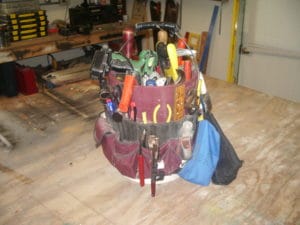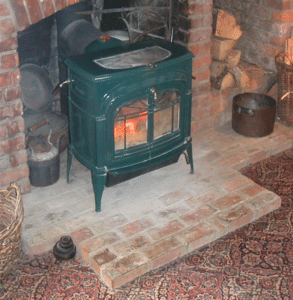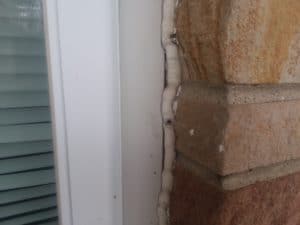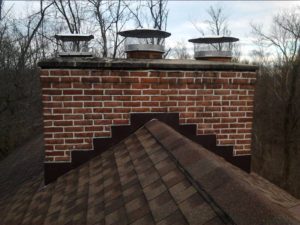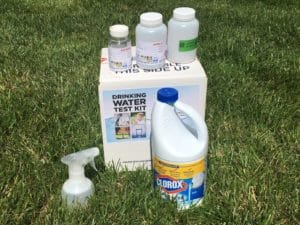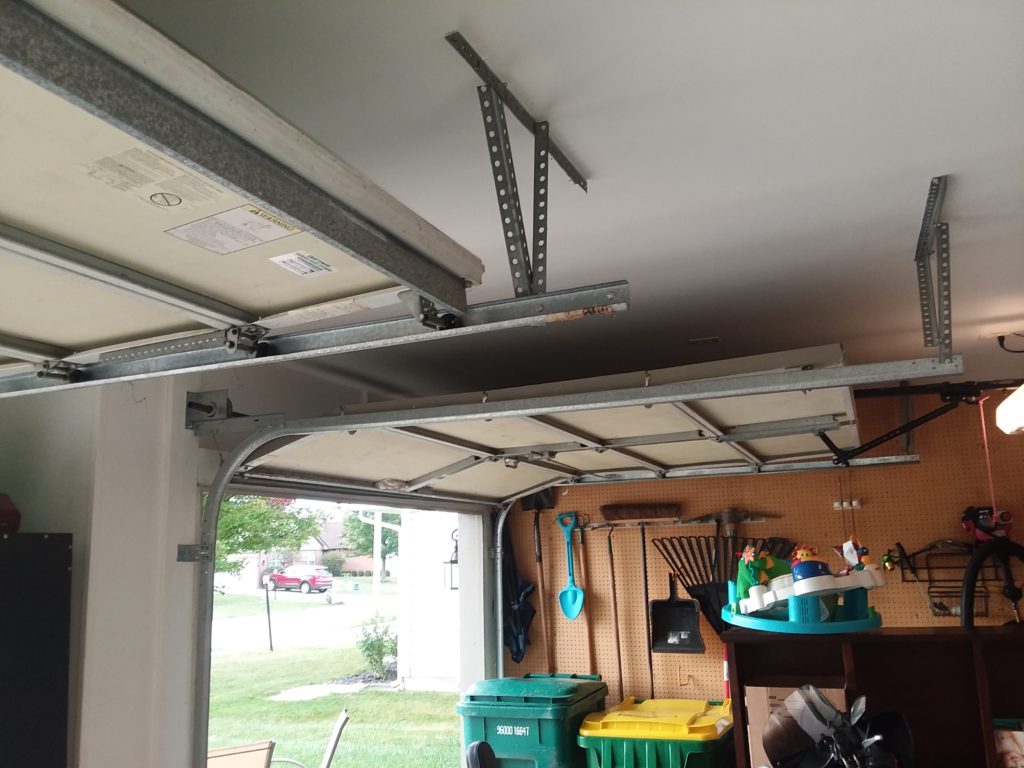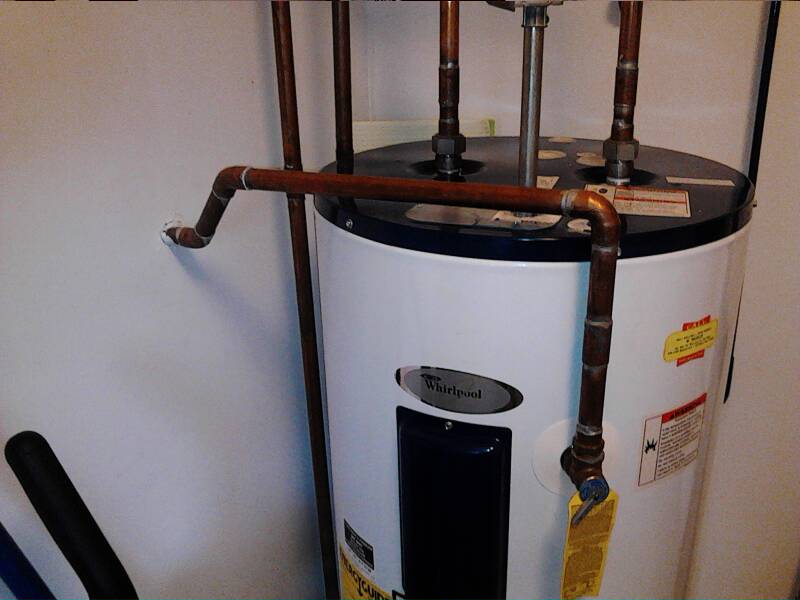October
- Attic, this is best done on a wet day using a flashlight. (Wear a dust mask, stay on the rafters)
- Inspect for water penetrating the roof, pay attention to the area around the chimney and vent pipes.
- Check for critters and any damage they may have done to the electrical system.
- Gable vents should be covered with wire mesh and fly screen.
- If you have a whole house fan it should be covered with an insulated blanket. (Hot water tank blankets work well)
- Water heater, drain 10 to 12 gallons of water to help clean out sediment.
- Tank-less water heaters must be cleaned using vinegar at least once a year, check owner’s manual for details.
- Dryer vent, clean lint from pipe and check operation of exterior vent.
- Heating, check flame color on furnace (should be blue after 2 minutes)
- Humidifier, should be cleaned according to manufacturer’s instructions
- Fireplace, look up chimney and check for obstructions (bird’s nests, etc.)
- make sure damper works.
- Log stoves, scrap and clean interiors.
- Check exterior for cracks.
- Gaskets should be inspected, and replaced if worn or damaged.
- Catalytic converters should be cleaned, (replaced every 4 years)
- Gutters, use care when positioning the ladder.
- Remove debris from gutters and downspouts. (Use a wire snake on downspouts)
- Check gutter and downspouts alignment, be sure rainwater drains. Splash blocks should be in position under all downspouts.
- Check for leaks on the joints and ends
- Secure any loose fasteners.
- Windows, cracked glass should be replaced.
- Weep holes at the bottom of windows should be cleaned out
- All windows should lock.
- Exterior, should be checked for deterioration, loose trim,
- Cracks in brick, pointing (mortar) or stucco should be repaired.
- Areas that need touch up painting.
- Replace caulk that is deteriorating around doors, windows, vents and along trim work. (Remove old caulk)
- Inspect the grading around the house making sure the water does not puddle and drains away from the house on all sides.
- Clean out debris or leaves from doorways, window wells and storm drains.
- Trim back all bushes from the homes exterior, (at least 12”)
- Cracks in brick, pointing (mortar) or stucco should be repaired.
- Exterior doors, lubricate hinges and locks.
- Check weather stripping around the door and along the bottom of the door.
- Roof, look for damaged or loose shingles.
- Examine the flashing around chimney, vent stacks and any other protrusion.
- On roofs with multiple levels, pay particular attention to the wood trim that comes in contact with the shingles. (Look for rotting)
- Inspect the chimney for loose bricks or deteriorating joints. The crown should be examined and any cracks sealed.
- Trim all trees that overhang roof, keep at least 6 feet from roof.
- Outside faucets, if not the freeze proof type – insulate.
- Remove all hoses and quick connect fittings.
- Hose bibs should be checked for leaks or drips.
- Close shutoff valves outside faucets and waterlines, drain if possible.
- Termites, look for termite tubes on the exterior foundation, on the interior of basements or crawl spaces, Inside check baseboards and garage walls.
- Driveway, walkways and patio. Clean and repair cracks.
- Alarms, smoke, fire and carbon monoxide. Remove covers and vacuum with brush attachment.
- Room air conditioners should be covered with insulated dust and moisture proof cover, inside and out. Recommend removing units and storing inside.
Other Items that should be inspected 
- Well water, test for Bacteria (every one to two years)
- Well pump screen, cleaned (every five years)
- Septic tank pumped (every three to five years)
